Many users report unexpected gum discoloration after at-home procedures—often a consequence of bleaching allergy rather than the whitening gel itself. In this post, we dive into six critical facets of this overlooked risk, so B2B manufacturers can equip their channel partners with safer device designs, clearer guidance, and stronger support.
First, it’s vital to recognize how bleaching allergies develop:
Thus, even mild formulations can provoke allergy in susceptible users over time.
Moreover, the allergy-to-discoloration cascade unfolds through:
Consequently, allergy management is key to preventing cosmetic tissue changes.Company web:https://www.powsmart.com/product/electric-toothbrush/
Furthermore, certain whitening‐device attributes can worsen allergic outcomes:
By addressing these design gaps, manufacturers can reduce unintended mucosal contact.
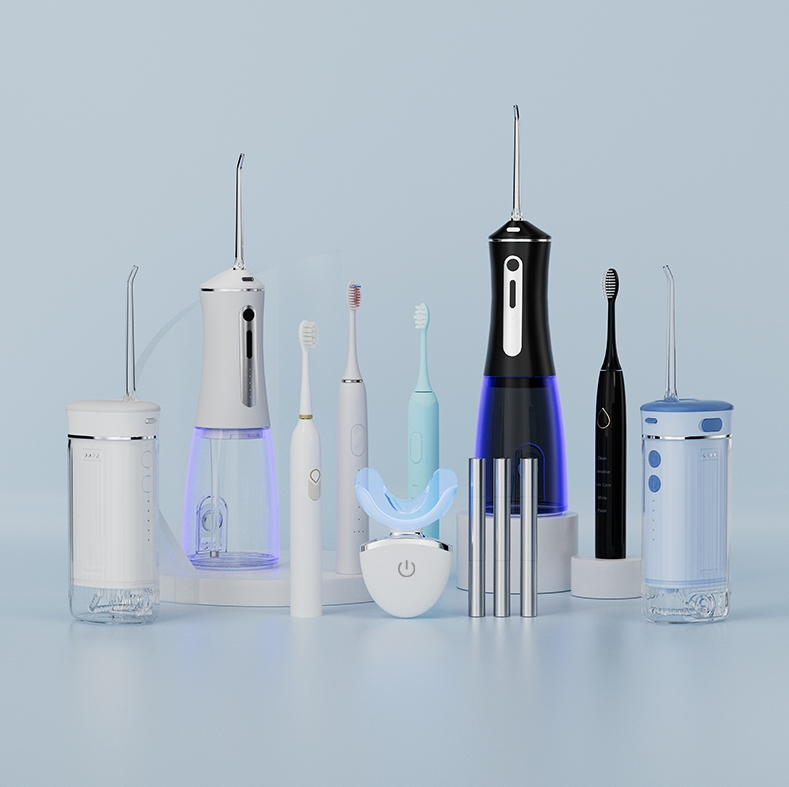
To mitigate bleaching allergy and subsequent gum discoloration, B2B manufacturers should consider:
These co-engineered solutions balance whitening performance with mucosal safety.
In addition, clear, consistent communication is critical:
Empowered channels translate to safer end‐user experiences.
Finally, embed allergy monitoring into your QMS:
A closed‐loop feedback system ensures your whitening solution remains both effective and safe.
Conclusion
Bleaching allergies can manifest as persistent gum discoloration, undermining user confidence and brand reputation. By optimizing gel chemistry, refining tray and device design, educating channels, and rigorously monitoring outcomes, B2B manufacturers can deliver whitening systems that truly brighten smiles—without the hidden cost of allergic side effects. Contact us to co-develop hypoallergenic, high-performance whitening solutions!
Corporate Holiday Toothbrush Gift Sets | Wellness Gifts for Employees

Efficient production line optimization and quality improvement for tooth flosser factory

Common Water Flosser Problems and How to Fix Them
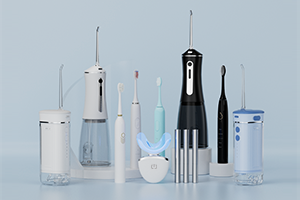
Why Is 45-Degree Cleaning Critical for the Clean Braces Technique?
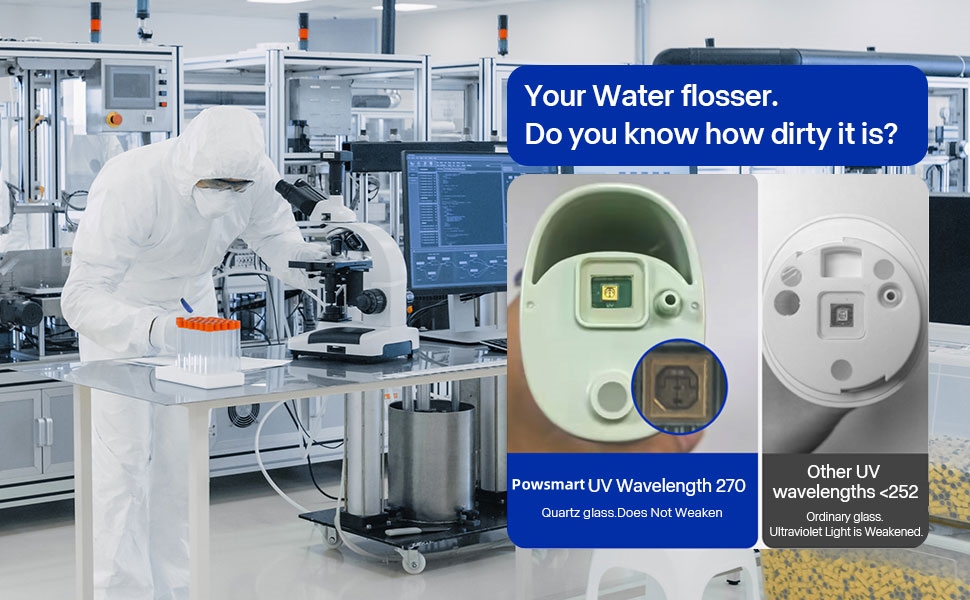
What Causes Bleeding When Using a Water Flosser for the First Time?

How to Choose a Reliable Electric Toothbrush OEM Factory? Pit Avoidance Guide
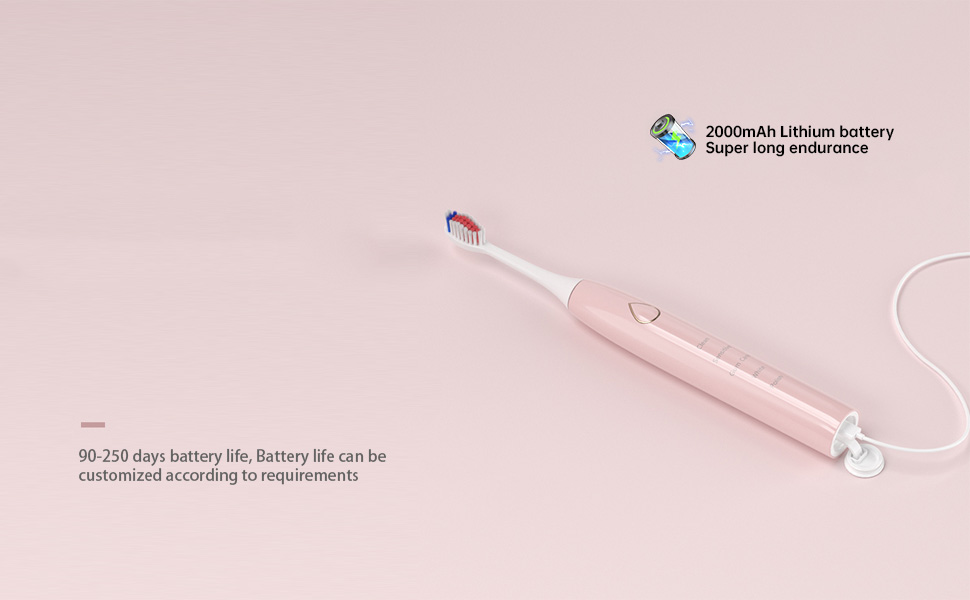
Innovations in Sweeping Vibration Toothbrushes
Where to get dental education? Seattle seminars worth attending
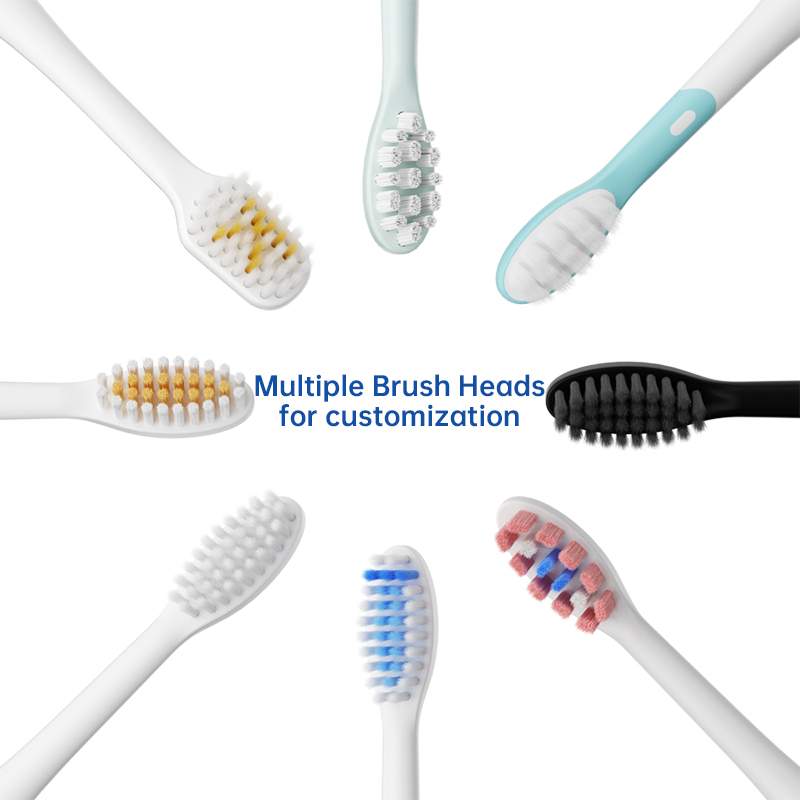
Top Water Flosser and Toothbrush Combo in San Diego?
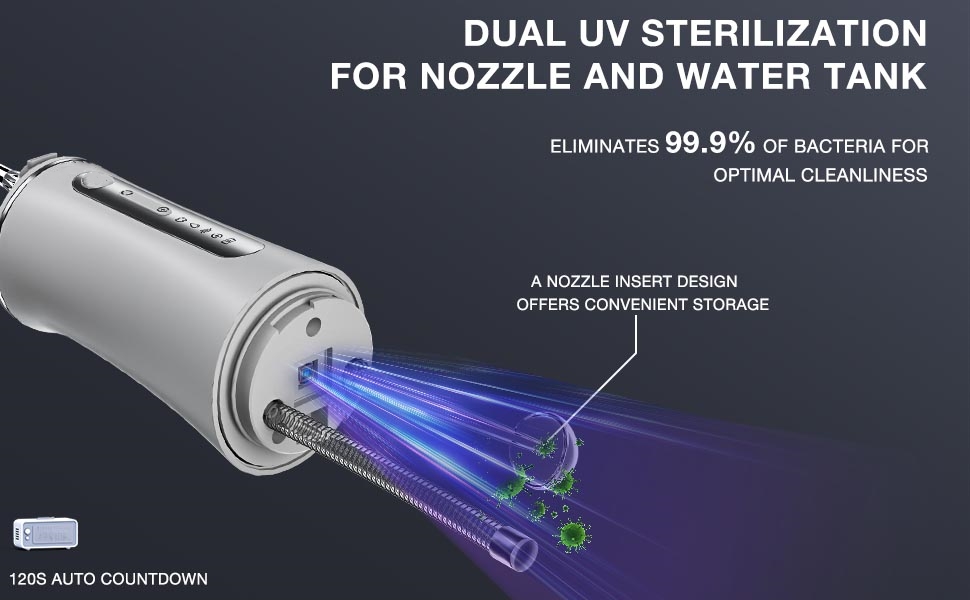
Common Water Flosser Failures and Solutions – A Guide from Oral Irrigator Supplier
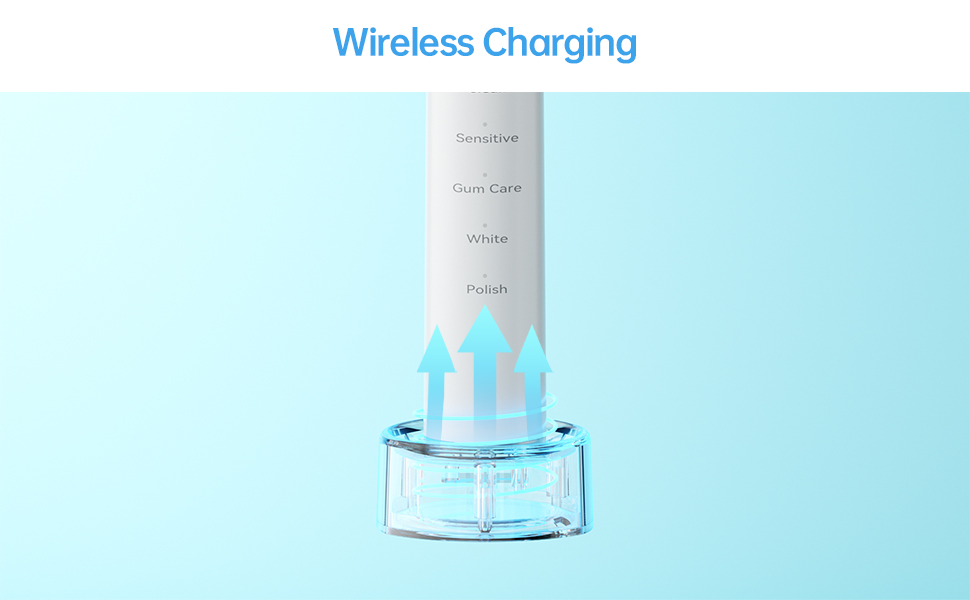
Electric Toothbrush Charging Dock OEM: Stylish and Functional Accessories

How Long Does It Take for a Teeth Whitening Device to Show Results?
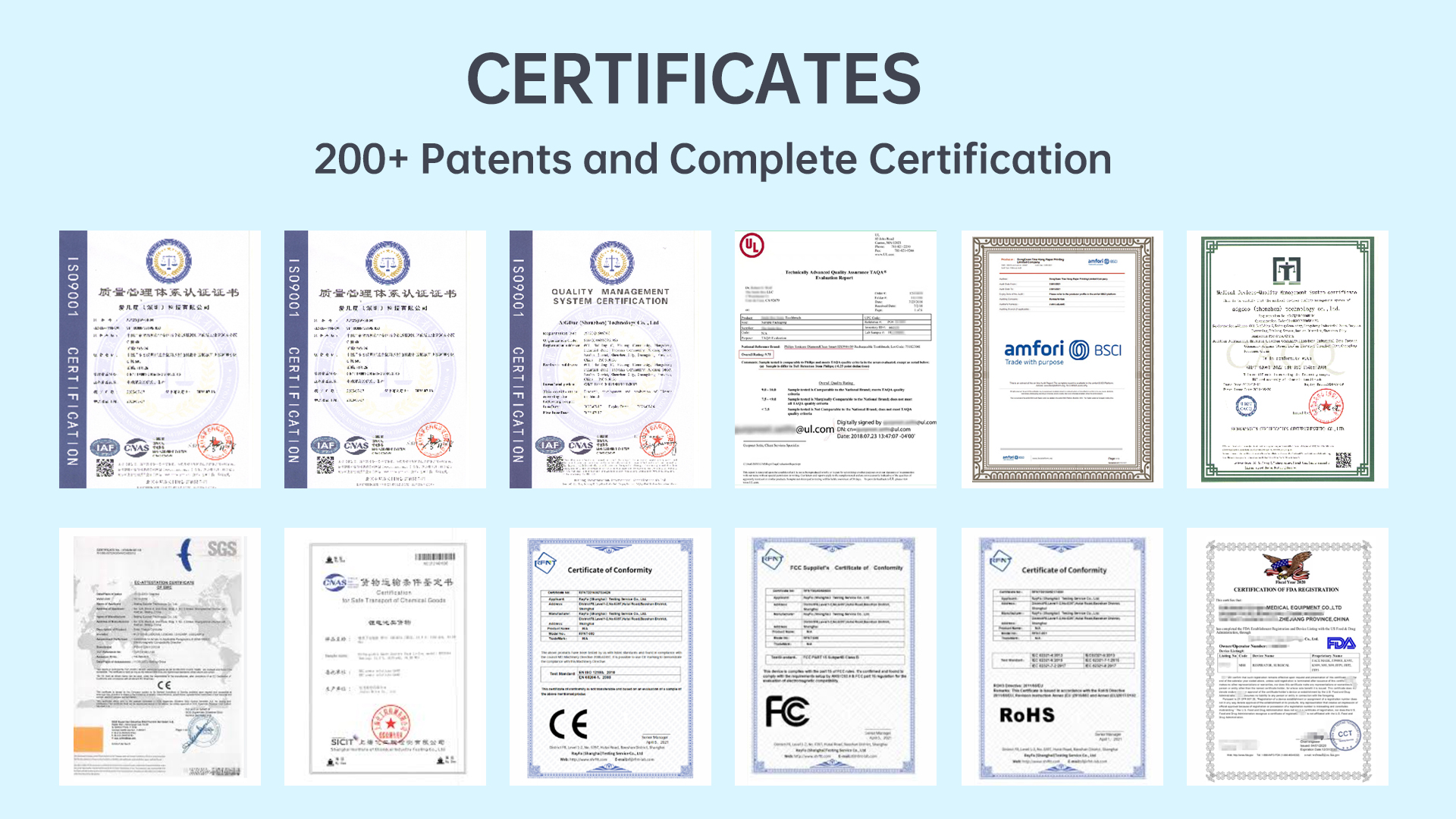
Can Aging gums care blend with Traditional India toothbrush design?
Over-Bleaching Effects from Whitening Effectiveness Claims?

Electric Toothbrushes for Hotel Amenity Programs: Unlocking New Business Opportunities
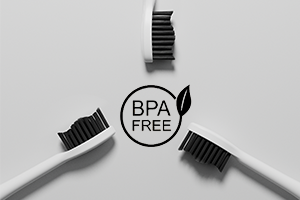
BPA-Free Brush Heads: Why They Matter for Oral Care Brand Owners

electric toothbrush heads Ultra Soft

Electric toothbrush heads Charcoal Infused-Diamond

Private Label Whitening Gel
.jpg)
Florida Electric Toothbrush – Powsmart PTR-C8

Customization Teeth Whitening Gel

electric toothbrush heads Charcoal Infuse-Round

electric toothbrush heads Regular Clean

electric toothbrush heads Deep Clean
whstapp
whstapp
National Toll-Free Service Hotline
+86 755 86238638